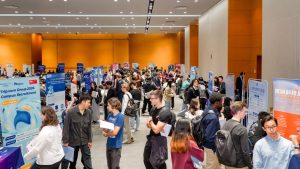19 Apr 2024
Halfway through the semester, staff from the Department of Architecture at XJTLU gathered to share practices using Generative AI (GAI) in learning and teaching.
The increased use of Generative AI (GAI) in our classrooms posits exciting opportunities for architecture students to explore speculative exploration, according to Mia Tedjosaputro, an assistant professor at the department.
“It is pivotal in building learners’ creative skills, especially text-to-image capability. Learners are faced with excessive graphical cues that can be used as a source of inspiration, which highlights the need to build critical skills to manage the often-overwhelming amount of rapidly gained design information and to develop a unique workflow for each learner individually,” she said.
During the sharing, four activity examples were presented, and discussions took place, ranging from applications in workshops, day-to-day classrooms, and summative assessments.
With reference to Mollick and Mollick’s study [1] on seven approaches for utilising AI in the classroom and its pedagogical benefits and risks, from AI-mentor to AI-tool, rationale towards one AI approach before an L&T activity takes place is needed, especially to co-tutors.
A recent empirical study [2] with mapped occurrences of GAI use in KELB (Kolb Experiential Learning Profile) of second-year M.Arch Des students confirms that within the context of 13 weeks of design studio module, the tendency of use is in the early design phase (Week 1-5) and the declined use can be further investigated.
Speculative Design
The degree of speculative design presented in four presentations varied in the scope of work and suitability of different stages of learners (from the first year to the fourth year of an undergraduate degree and postgraduate degree). Jose Remon, an assistant professor at the department, and the workshop team’s exploration in the March 2024 workshop [3] combined speculative model-making using vegetables as primary materials. At the same time, he shared the continuation of the use of GAI in the final year undergraduate students' studio module (Figure 1).
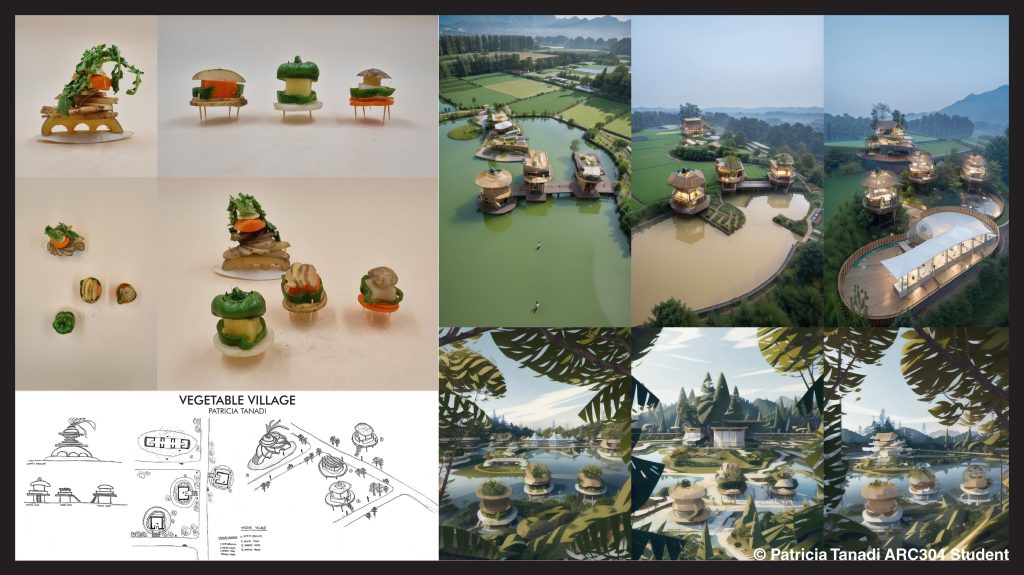
Figure 1. GAI application using physical model as input to generate new images [4]
The second presentation by Jiashi Yu (Jess), an assistant professor at the department, encapsulated her expertise in architectural storytelling and speculative reality through two workshops delivered in AY 2023-2024. She has been harnessing the power of GAI as an explorative companion tool to challenge her existing workflow.
Usually, she spends 3-4 months curating exhibition materials through research, constructing 3D digital models, detailing, and final visualisations. Her early explorations with Midjourney tried to mimic her existing workflow. Its vast potential prompted her to explore further in the two workshops delivered to students during this academic year. She also included the utilisation of ChatGPT in her first workshop [5] for prompt tuning. The second workshop [6] included a physical collage using GAI-generated images, one step further in manipulating GAI images to be transmogrified into something else.
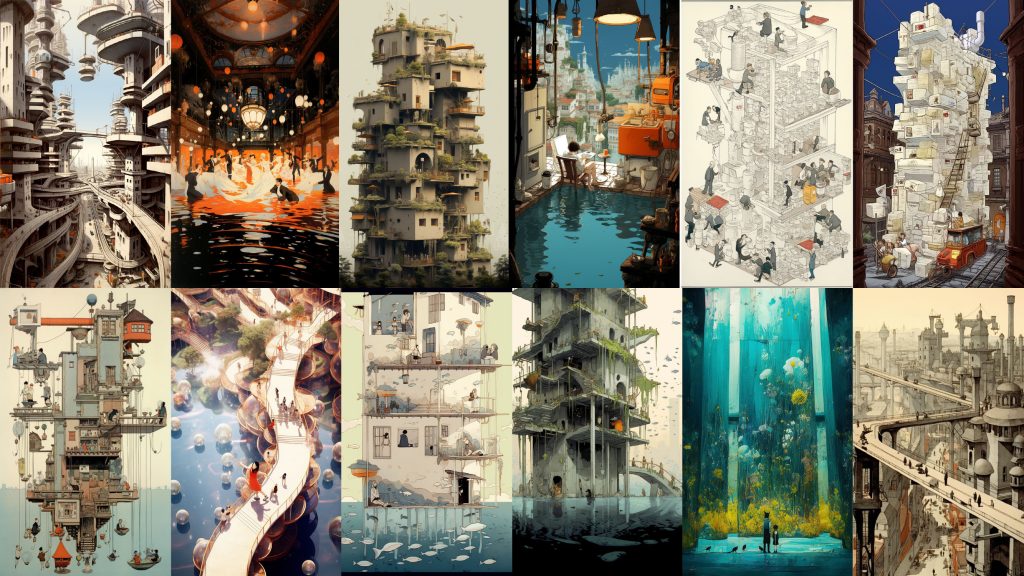
Figure 2. Students workshop result (early exploration) [5]

Figure 3. Physical collage with GAI images [6]
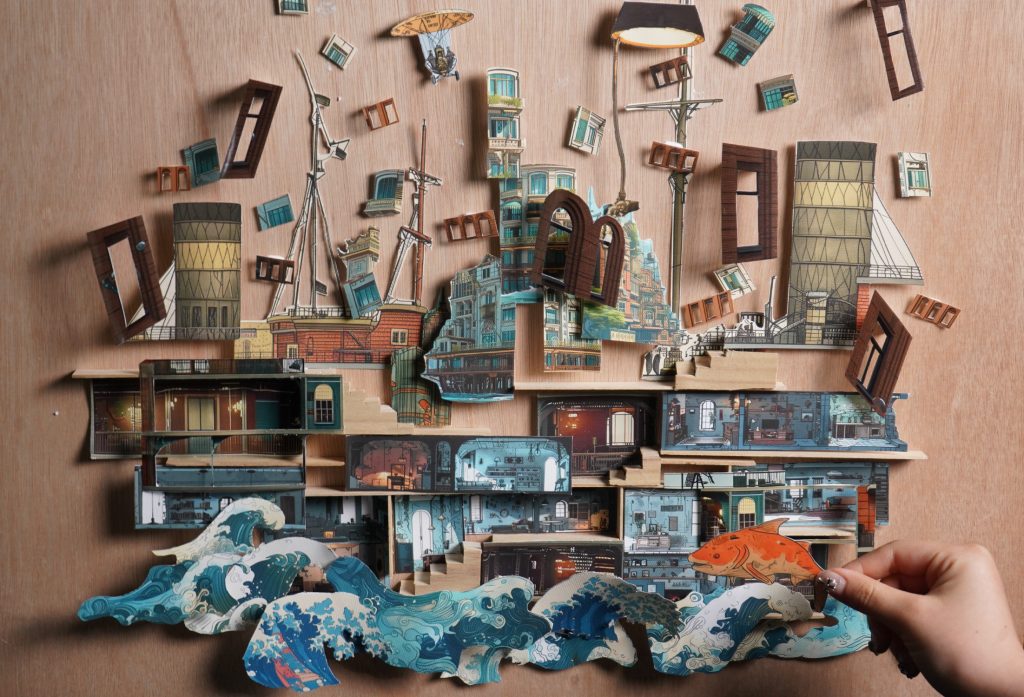
Figure 4. Physical collage with GAI images [6]
The third presentation by GianMarco Longo and Silvia Albano, both assistant professors at the department, looked at GAI as an idea generator for two workshops. The first series of workshops [7] included an industry collaboration with iGuzzini, an Italian lighting brand, spanning over two sessions in 2023. The scope of work was slightly different, as the second workshop [8] explored interior design projects. It used GAI as a material mood board, with the expected outcomes of interior space visualisations. Seven parameters from space function analysis were developed to control the prompt definition in Midjourney. They were: image style, viewpoint, subject description, materials & textures, design references & inspirations, atmosphere & lighting and aspect ratio. An example of the combined use of parameters is shown in Figure 6.
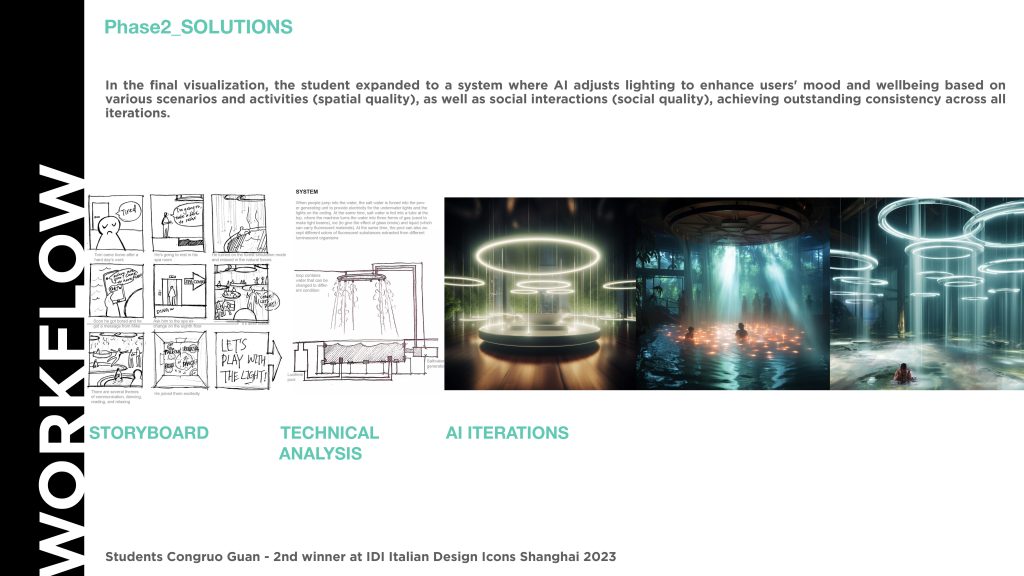
Figure 5. GianMarco Longo and Silvia Albano’s first workshop exploration [7]
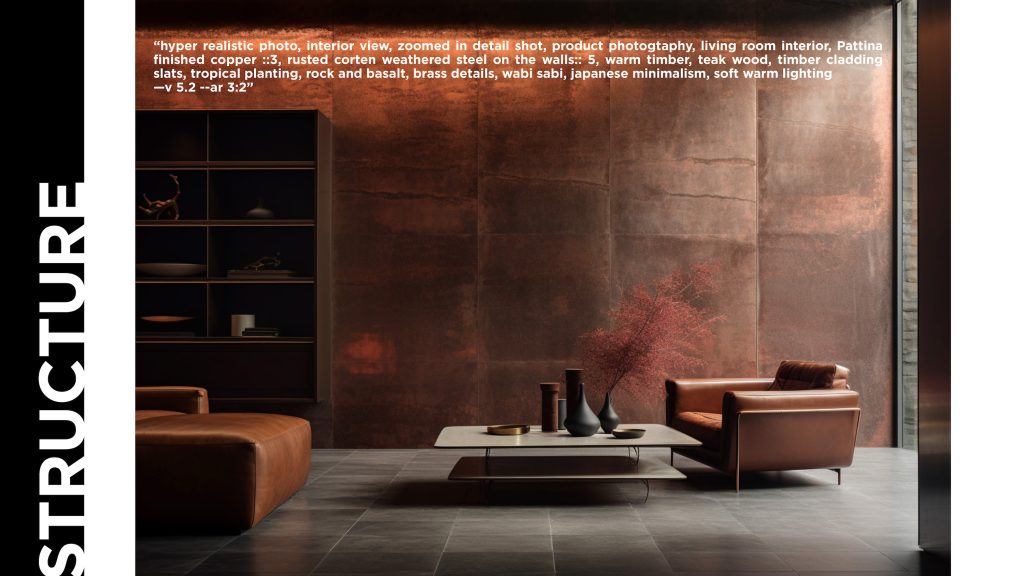
Figure 6. GianMarco Longo and Silvia Albano’s second workshop exploration [8]
The fourth presentation by Giancarlo di Marco, a senior associate profesesor at the department, shared the use of GAI for conceptual design, which was then included in the summative assessment of ARC 202 – Structural Design.
A scaffolded prompt included a minimum of five keywords to design a theatre provided to students; examples of the keywords were: ‘cantilever’, ‘theatre’, ‘street view’, etc. These structured keywords serve as gatekeepers of the GAI generation processes, ensuring usability and consistency for the subsequent iterations of theatre design.
This is similar to the seven parameters mentioned in GianMarco and Silvia’s workshop in the previous session. From the GAI images (Figure 7), students were asked to explore the chosen design through handmade sketches, schematics, plans and sections of the structural design intentions. Students were then asked to rationalise the GAI-generated references to architectural drawings and tectonic (structural) considerations in the existing site context. The physical model with a scale of 1:50 was also part of the deliverables of this GAI-generated theatre structural considerations. An example of the deliverables of the first summative assessment can be seen in Figure 8.
The observed challenge made by tutors and module leaders is the translation from image references to architectural and structural considerations and drawings on the intended site, which was a common challenge across students of different years.
Giancarlo also shared the use of GAI in conceptual design in ARC 404 – Design Studio 2 (Figure 9), an M.Arch Des first-year studio module on the use of GAI in the conceptual design phase of a stadium.
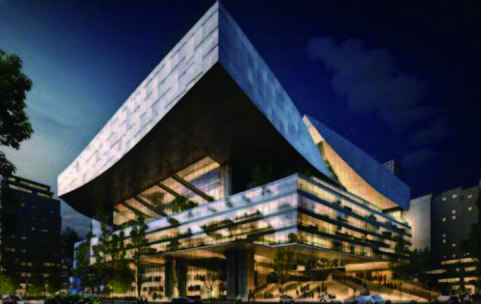
Figure 7. ARC202 – Structural Design, Group 4’s GAI generated reference [9]
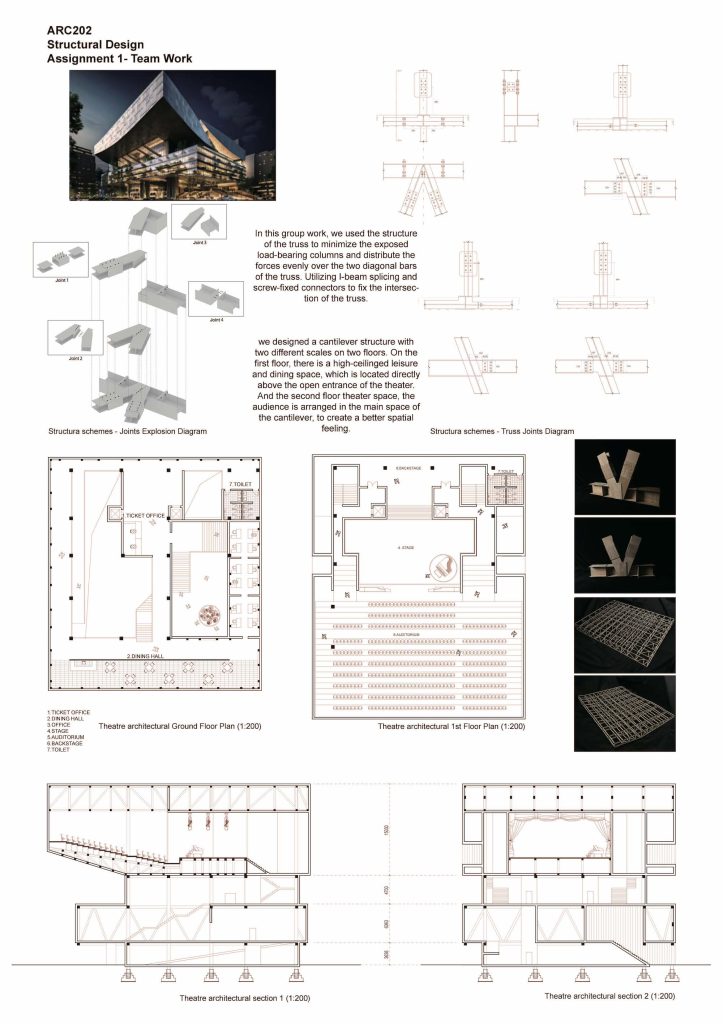
Figure 8. ARC202 – Structural Design, Group 4’s first group assignment [9]
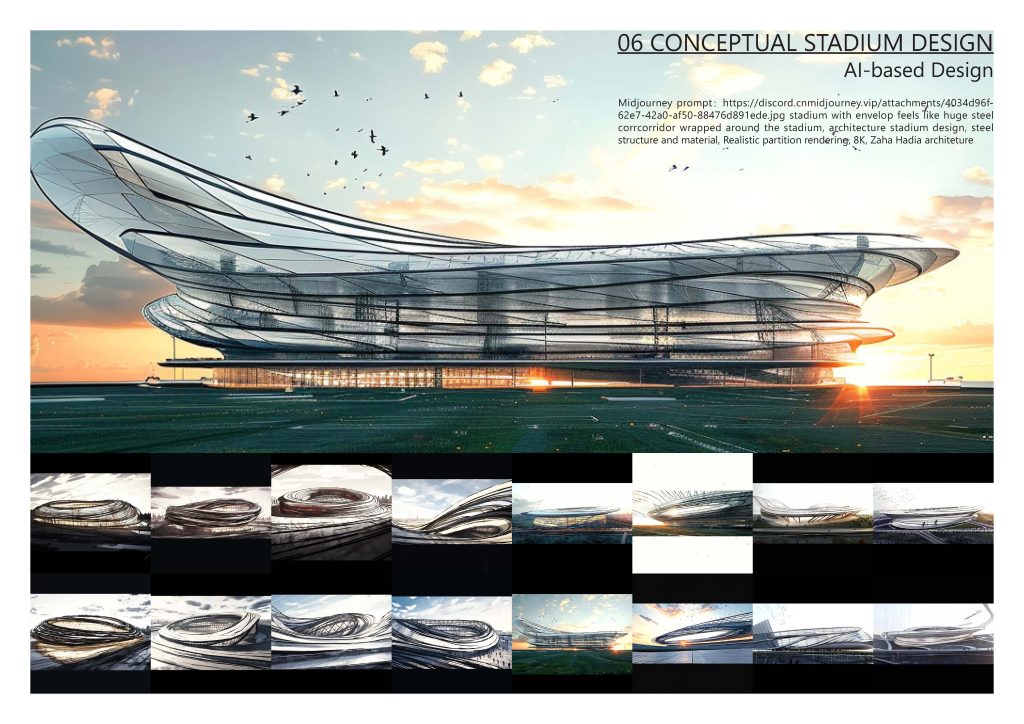
Figure 9. ARC404- Design Studio 2 GAI’s exploration [10]
Control, consistency and creative skills
During the discussion, it was noted that there is an urgency to build the capacity for learners to take control of their GAI-generating processes.
Giancarlo mentioned trying to avoid being driven by the tool.
“This is mainly for novice architects still developing their architectural and structural skills simultaneously during their studies. At the heart of this building skill exercise, critical thinking skills should be reinforced and tailored in a slightly different approach concerning critically managed rapidly generated images.
“This may include developing a learner’s personalised workflow, which can be achieved through constant research and experimentation using GAI tools. In other words, a systematic revamp of GAI use might need to be implemented in all modules as early as the second year, leaving the first year as a formative year with hand-produced work.
“Further investigation is needed for the text-based use of GAI in architecture pedagogy, which requires a shift of formative and summative assessment to measure students’ learning more effectively,” he said.
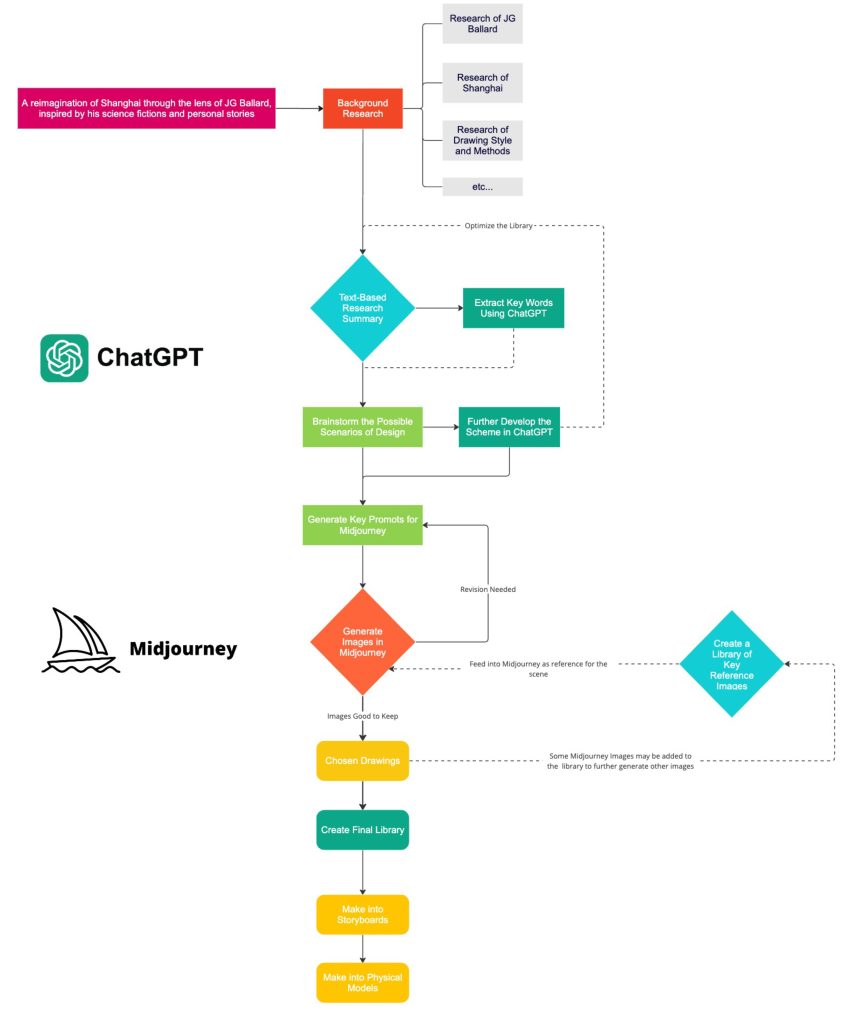
Figure 10. Blooming Shanghai, Jiashi Yu’s first workshop’s workflow [5]
xArch symposium
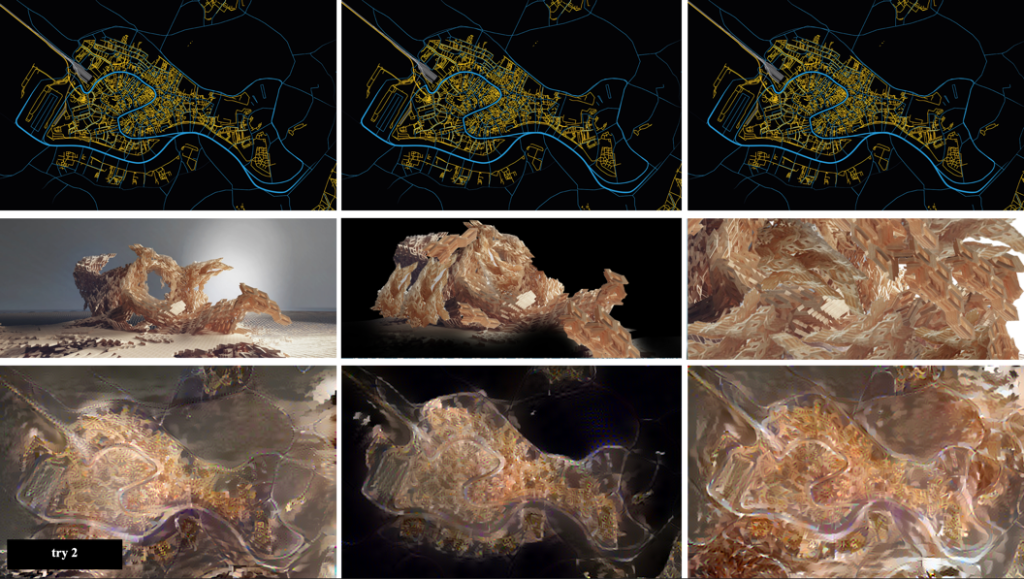
Figure 11. Inspirational concepts for Venice, AI Style transfer generated by Wenya Xue [11]
From a research point of view, the department hosted and organised an xArch symposium [12] with the topic of ‘Creativity in the Age of Digital Production’ on November 11-12, 2023. Central themes include Computational Design, Digital Experience, AI and Environmental Design. AI-related content made up 30% of the published conference proceedings, but it also shows the broad implications beyond the scope of learning and teaching.
Another example of GAI use in architecture pedagogy included in this publication is illustrated in ARC411 – Practice Based Enquiry and Architectural Presentation (Figure 11 and 12), an M.Arch Des second-year module [11]. Students positively responded to using GAI as a design approach and saw it as an essential tool for future architectural practice.
The paper also raised an important question concerning the aspect of ethical consideration.
“As educators, we stand between empowering the use of GAI to push creative boundaries while ensuring students are familiar with the limitations and pitfalls of the technology through critical applications for novice designers such as our undergraduate students, thus engendering responsibility,” said Mia.
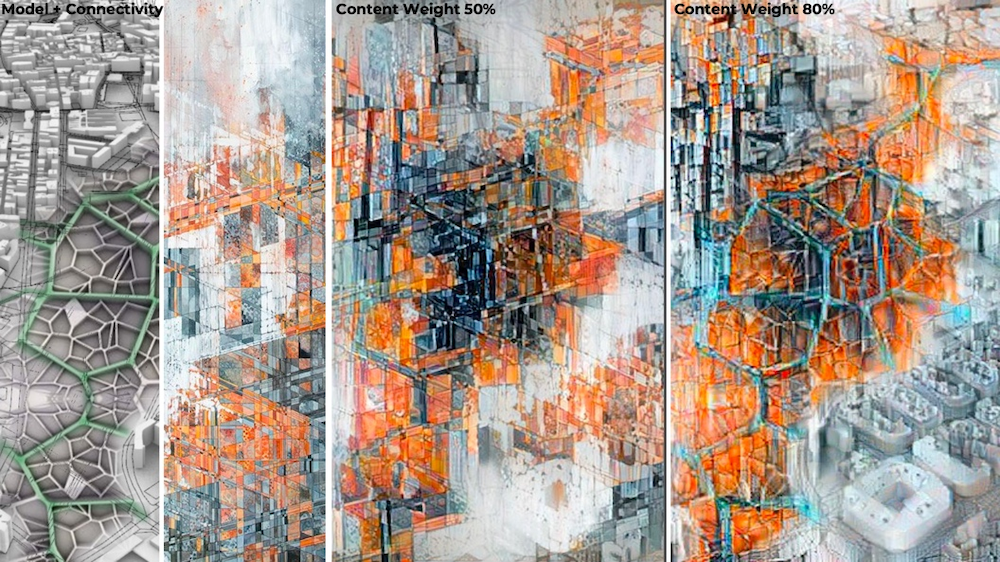
Figure 12. Barcelona’s urban network strategies, AI Style transfer generated by Wenjing Wang [11]
Enhancing curriculum with AI
The AI-enhanced curriculum review is one of the three key projects being undertaken at the university level, according to Mia.
“The department, as a collective, has also been undertaking UG and PG curriculum review from the beginning of the second semester of AY23-24, particularly in regards to AI-enhanced curriculum, coupled with scaffolding digital literacy and job readiness of students.
“This exercise was led by four research lab coordinators within the department. A series of suggestions is expected to emerge from this, to be implemented in the following academic years and to be presented during our RIBA (Royal British Institute of Architects) UG and PG programs revalidation in October 2024,” she said.
Reference list
[1] Mollick, E., & Mollick, L. (2023). Assigning AI: Seven approaches for students, with prompts. arXiv preprint arXiv:2306.10052.
[2] Tedjosaputro & Wallwork (2024). An Investigation into the Utilisation of Image-based Generative AI According to Experiential Learning Preferences in Architecture Studio Pedagogy. Pedagogic Research Conference- University of Liverpool, UK. 18 Jan 2024.
[3] Remon, J. et al. (2024). Nature and Technology workshop. Xi’an Jiaotong - Liverpool University
[4] Tanadi, P. (2024). ARC304- Final Year Project design process. Xi’an Jiaotong - Liverpool University
[5] Yu, J., & Li, S. (2023). Drawing Narrative: Blooming of Shanghai 1.0 Workshop. Xi’an Jiaotong - Liverpool University
[6] Yu, J., & Li, S. (2024). Drawing Narrative: Blooming of Shanghai 2.0 Workshop. Xi’an Jiaotong - Liverpool University
[7] Longo, G. et al. (2023). The Quality that Lights Up Workshop. Xi’an Jiaotong - Liverpool University
[8] Longo, G. & Albano, S. (2024). Feeling Good Inside Interior Spaces Workshop. Xi’an Jiaotong - Liverpool University
[9] Sung, Y.J. et al. (2024). ARC202-Structural Design (AY23-24) first assignment. Group 4 members are: Youn Jo Sung, Tian Jingwei, Gao Ningsheng, Shou Wenyi, Zhu Gerong, Lu Cheng, Mi Wenbing, Su Yijian, Jiao Wantong and Lan Yutong. Xi’an Jiaotong - Liverpool University
[10] Kong, Z. (2024). Stadium concept – AI-generated from author’s sketch. ARC404 module. Xi’an Jiaotong - Liverpool University
[11] Dall'Asta, J. C., & Di Marco, G. (2024). AI Machine Learning in Creative Architectural Design Processes. In G. Di Marco, D. Lombardi, & M. Tedjosaputro (Eds.), Creativity in the Age of Digital Reproduction: xArch symposium (pp. 190-200). (Lecture Notes in Civil Engineering). Springer Singapore. https://doi.org/10.1007/978-981-97-0621-1_23
[12] Di Marco, G., Lombardi, D., & Tedjosaputro, M. (Eds.) (2024). Creativity in the Age of Digital Reproduction xArch Symposium. Springer Singapore. https://doi.org/10.1007/978-981-97-0621-1
Story and images provided by Mia Tedjosaputro
Edited by Yi Qian
19 Apr 2024
